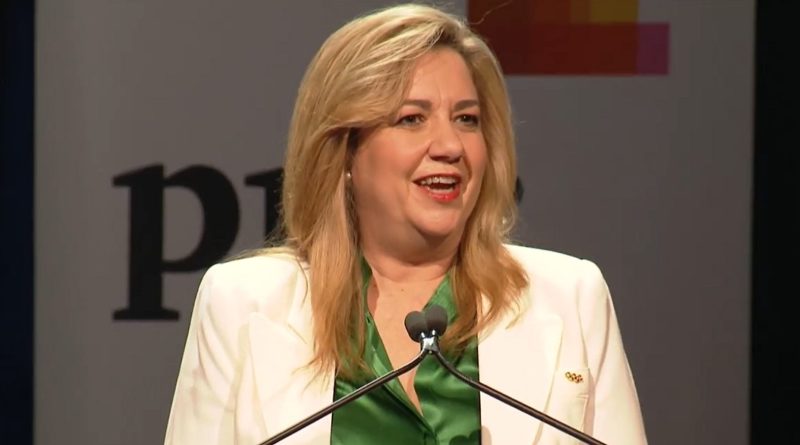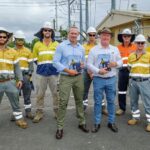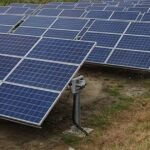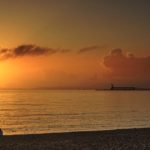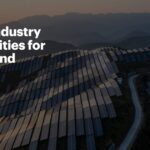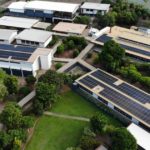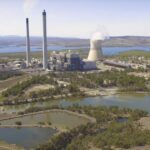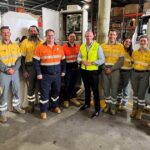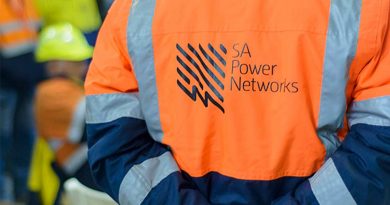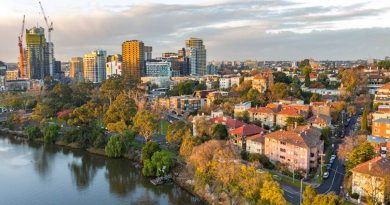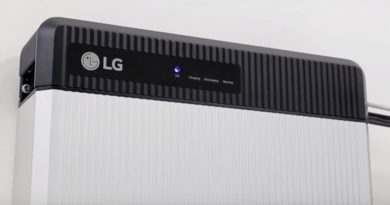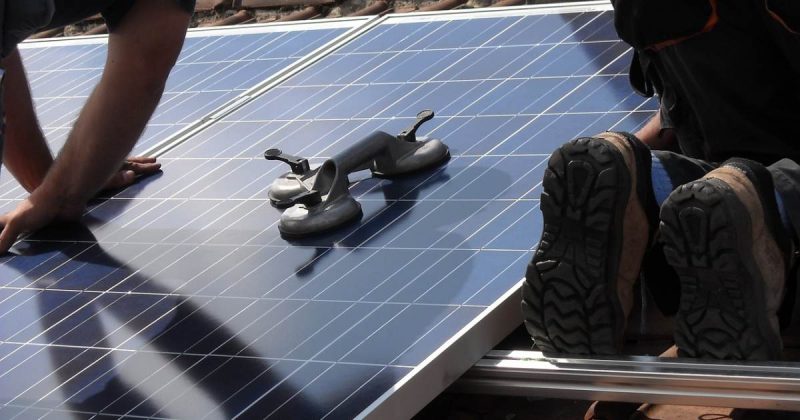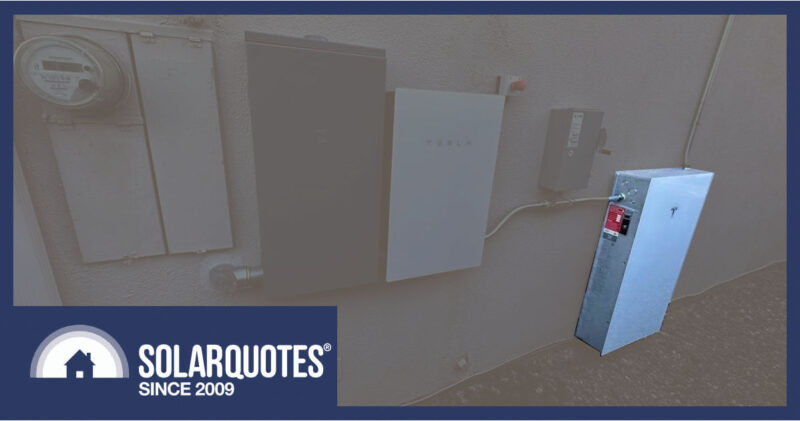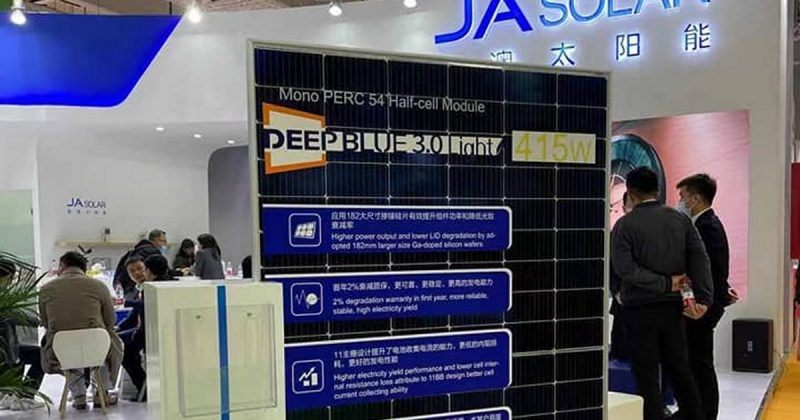Queensland Pumping Up Renewable Energy Goals
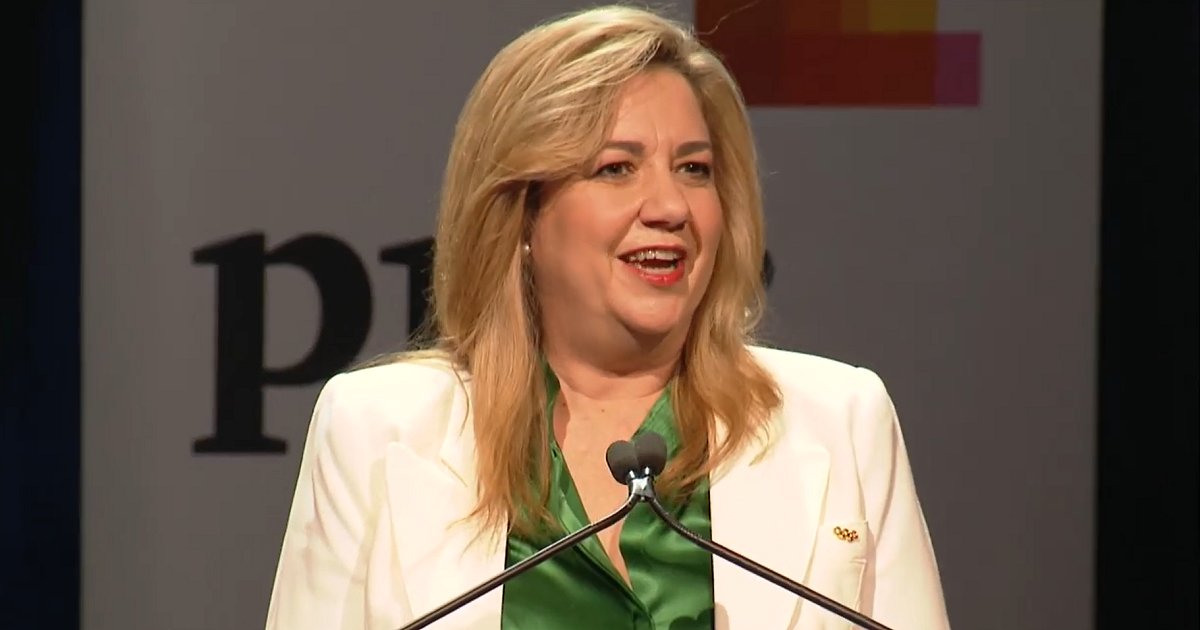
Queensland Premier Annastacia Palaszczuk was pretty pumped about a “bold clean energy future” for Queensland yesterday – particularly concerning the role pumped hydro will play.
Announcing the $62 billion Queensland Energy and Jobs Plan, Premier Palaszczuk said it would mean cheaper, cleaner and secure energy for Queenslanders.
So, What’s In The Plan?
It aims for 70% of Queensland’s energy supply to be sourced from renewables by 2032, and 80% by 2035 – and these targets are to be legislated.
Among the Queensland Energy and Jobs Plan elements:
- Two new huge pumped hydro facilities – one at Pioneer/Burdekin and the other at Borumba Dam by 2035.
- A “SuperGrid” connecting solar, wind, battery and hydrogen generators across the state. The SuperGrid will support 22 gigawatts of new renewables capacity.
- Converting publicly owned coal fired-power stations to clean energy hubs by 20351.
- 100,000 new jobs by 2040, most of which will be in regional Queensland.
- 11.5GW of rooftop solar power and 6GW of embedded batteries.
- Building Queensland’s first hydrogen- ready gas turbine.
11.5GW of rooftop solar is a lot of solar panels. As at the end of June this year, here’s how Queensland’s solar power stats looked (Source: APVI):
- Total Installations: 880,411
- < 10kW systems: 3,450MW capacity
- < 100kW: 1,326MW capacity
- >100kW: 3,436MW capacity
But the >100kW category total isn’t just made up of rooftop solar installations – it also includes solar farms. Take the big ‘uns out and the >100kW system collective capacity is (very roughly) just 156MW. APVI’s figures also don’t take into account any capacity among the smaller-scale systems that has been decommissioned for whatever reason.
What Is Pumped Hydro?
Pumped hydro storage involves the use of surplus, off-peak electricity or renewables based generation such as solar energy to pump water from a lower reservoir to a higher reservoir. When electricity is needed, water from the top reservoir is released, flows through turbines to generate electricity and is discharged into the lower reservoir. Rinse and repeat.
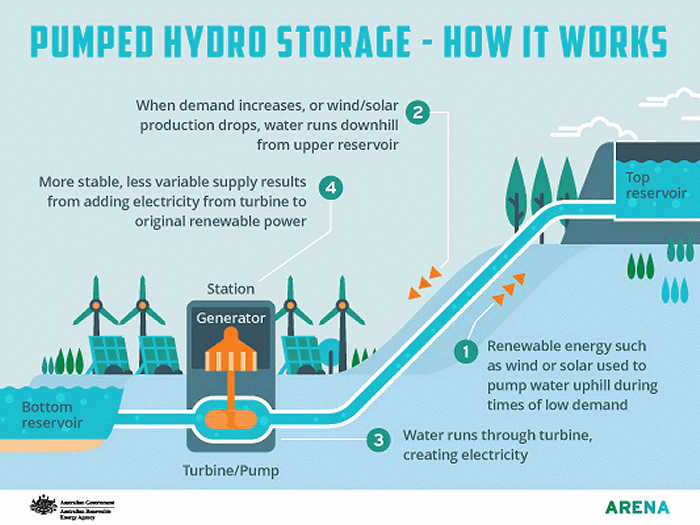
Back in 2017, boffins at ANU identified 22,000+ potential pumped hydro sites across Australia; representing storage capacity of 67,000 gigawatt-hours (GWh). Many of these sites are in Queensland.
The first facility under the Queensland Energy and Jobs Plan will be the Borumba Pumped Hydro project located west of Gympie; with a completion target date of 2030. This project will deliver 2 gigawatts of 24-hour storage.
The second preferred pumped hydro site is 70 kilometres west of Mackay. The Pioneer-Burdekin pumped hydro project (“Battery of the North”) will be the largest pumped hydro energy storage system in the world (at this point), with 5 gigawatts of 24-hour storage and the potential for stage 1 to be completed by 2032.
“By 2032 when stage one of the Battery of the North is expected to come online, we will be at 70 per cent renewable energy,” said Premier Palaszczuk. “By 2035 Queensland when stage two comes online we will have no regular reliance on coal and be at 80 per cent renewable energy.”
Premier Palaszczuk’s full outline of the Queensland Energy and Jobs Plan can be found here.
Footnotes
- On a related note, the Premier also signed the Queensland Energy Workers Charter yesterday, which guarantees coal power station workers have future employment pathways ↩
Original Source: https://www.solarquotes.com.au/blog/queensland-energy-jobs-mb2655/

